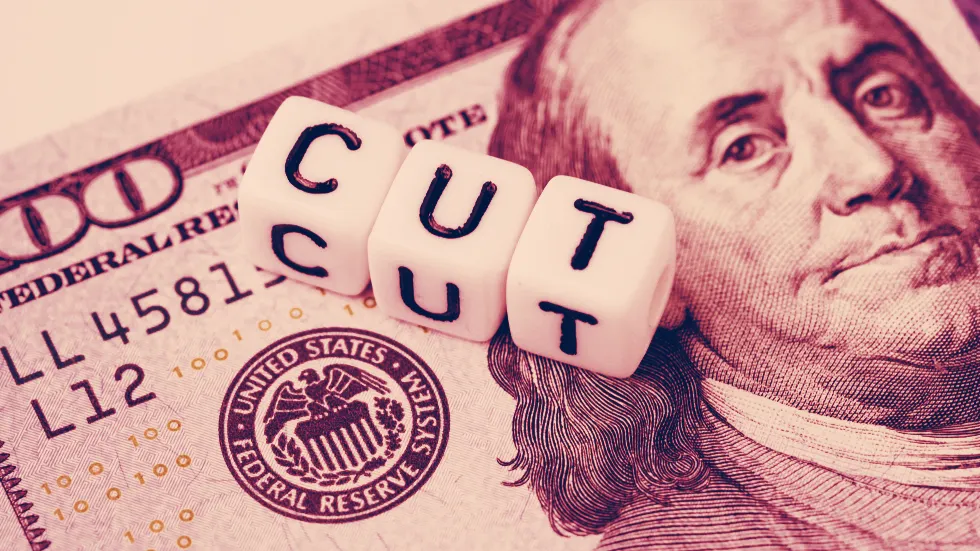The price of Bitcoin (BTC) spiked $200 today moments after the Federal Reserve announced it had cut interest rates by 0.5%—reaching as high as $8,900. But after the knee-jerk reaction, the price of Bitcoin fell back to its current value of $8,730.
"This is the first time I've ever seen bitcoin have a strong reaction to the Fed," Mati Greenspan, founder of Quantum Economics told Decrypt.
The Federal Reserve cut interest rates by 50 basis points, owed to concerns that the coronavirus “poses evolving risks to economic activity.” The move echoes a similar cut made in October 2008, a time when much of the world was in the thick of a recession and quantitative easing (QE) was introduced to increase liquidity in the financial market.
Greenspan said that the fed should have employed a wait-and-watch approach before resorting to a rate cut. "A prudent Fed would wait to see how things play out and save their ammunition. Now, if things do get worse, they won't have any real way to react," he said.
Bitcoin bear Peter Schiff was similarly skeptical. He tweeted, "As the stock market was selling off, threatening to erase yesterday's Fed inspired record point gain, the Fed came to the rescue with an intra-meeting emergency 50 basis point rate cut. Not only will this cut not cure the Coronavirus, but it will make the U.S. economy sicker."
But as the Fed continues to try to keep the economy rolling and the price of the dollar up, Bitcoin's deflationary mechanism is continuing as planned.
The Bitcoin halving
The Fed's move comes just two months before Bitcoin is due to see its block reward halving. This will see the new supply of Bitcoin mined daily cut in half.
Morgan Creek Digital co-founder Anthony Pompliano tweeted, "The Federal Reserve just did an emergency rate cut of 50 basis points only two months before the Bitcoin halving. I’ve been saying for awhile they were going to cut rates and print money at the exact moment that Bitcoin’s supply shock happened."
Unlike the dollar, Bitcoin has a built-in deflationary mechanism, which results in the halving of new supply every four years. But will it push the price up or threaten to break the network? That's the question.
Disclaimer
The views and opinions expressed by the author are for informational purposes only and do not constitute financial, investment, or other advice.
Daily Debrief Newsletter
Start every day with the top news stories right now, plus original features, a podcast, videos and more.

